Home>Garden Essentials>How Do Birds Benefit From Spreading The Seeds Of Berries?
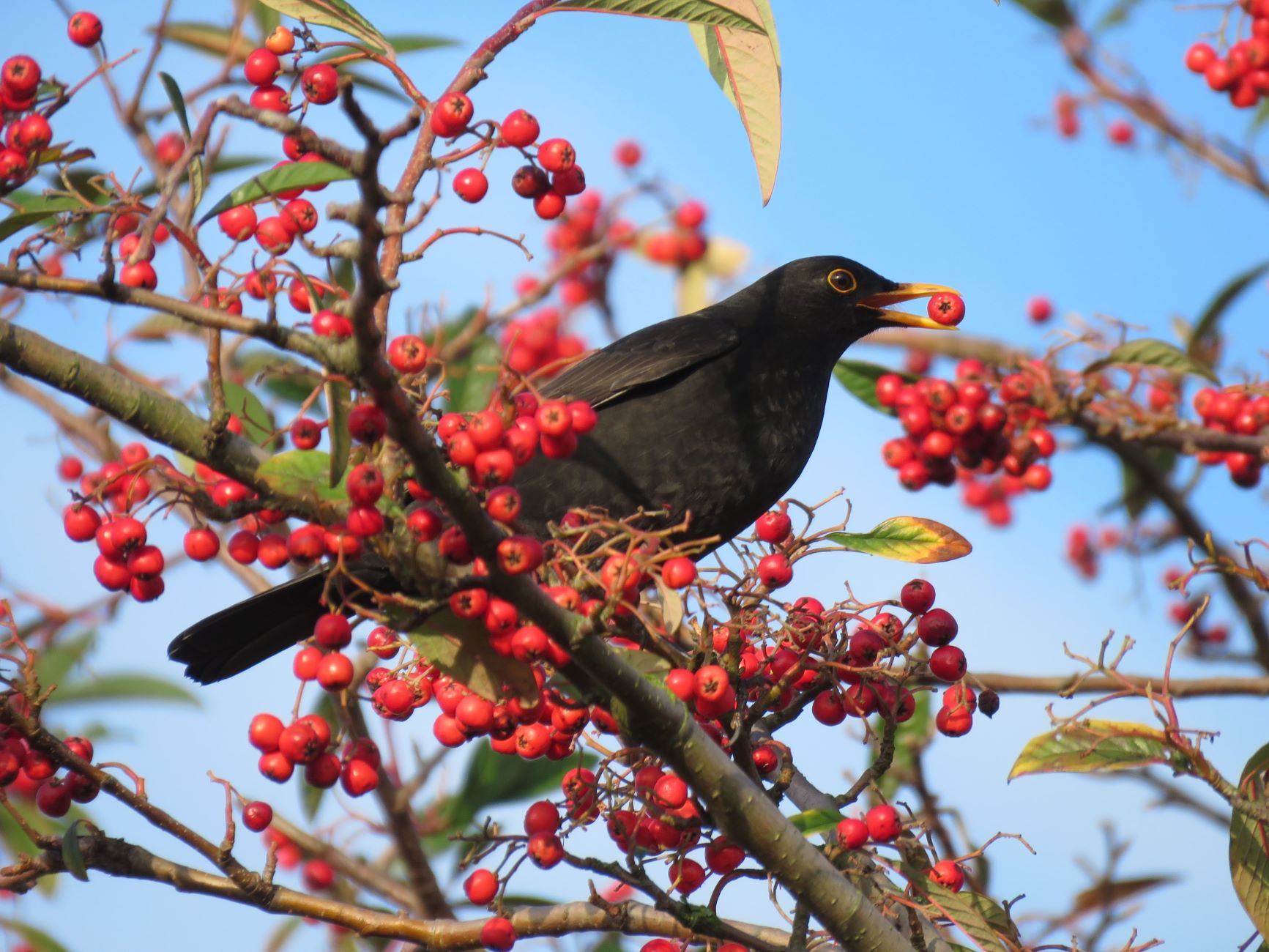

Garden Essentials
How Do Birds Benefit From Spreading The Seeds Of Berries?
Modified: March 16, 2024
Learn how birds in your garden play a vital role in the ecosystem by spreading the seeds of berries, helping to promote plant diversity and growth.
(Many of the links in this article redirect to a specific reviewed product. Your purchase of these products through affiliate links helps to generate commission for Storables.com, at no extra cost. Learn more)
Introduction
When we think of birds, we often associate them with their melodious songs, vibrant feathers, and graceful flight. But did you know that birds also play a vital role in the propagation of berry plants? From the wild forests to our own backyard gardens, birds are the unsung heroes when it comes to spreading the seeds of berries.
Seed dispersal is a crucial process for the survival and expansion of plant populations. It allows plants to colonize new areas, escape competition, and maintain genetic diversity. Birds, with their unique ability to consume fruits, transport seeds over long distances, and deposit them in favorable locations, serve as an essential link in this ecological cycle.
In this article, we will explore the fascinating relationship between birds and berry plants. We will delve into the ecological and evolutionary benefits that birds derive from seed dispersal and examine the impact this process has on the survival and dispersal of berry plants. Understanding the intricate dynamics of this relationship can shed light on the importance of conserving bird populations and preserving their habitats.
Key Takeaways:
- Birds play a crucial role in helping berry plants spread their seeds, which is essential for the survival and diversity of plant species. This process also benefits the birds by providing them with food and shelter.
- Protecting bird populations and their habitats is vital for ensuring the continued process of seed dispersal, which directly contributes to the survival and dispersal of berry plants. Conservation efforts are crucial for maintaining the health and resilience of both bird populations and berry plant communities.
Read more: How Do Dandelions Spread Their Seeds
Importance of Seed Dispersal
Seed dispersal is a fundamental ecological process that plays a crucial role in the survival and diversity of plant species. It involves the movement of seeds away from the parent plant to new areas where they have the opportunity to germinate and grow into new individuals.
There are several reasons why seed dispersal is important. First, it helps plants colonize new habitats and expand their range. By dispersing seeds to different locations, plants can escape competition with their parent plant and other individuals of the same species. This dispersal capability allows for greater genetic diversity, which is essential for the adaptation and evolution of plant populations.
Seed dispersal also promotes species diversity by facilitating the establishment of new plant populations in areas where they would not have been able to colonize otherwise. Birds, along with other dispersers such as mammals and insects, contribute significantly to this process. Their ability to travel long distances and deposit seeds in diverse habitats allows for the establishment of plant communities in different ecosystems.
Additionally, seed dispersal helps in the restoration and regeneration of degraded habitats. In areas affected by disturbance or human activities, the presence of dispersers like birds can accelerate the recovery process by bringing in new seeds and facilitating the re-establishment of vegetation.
Overall, seed dispersal is vital for maintaining healthy ecosystems and promoting biodiversity. Without effective dispersal mechanisms, plant species would be limited in their ability to adapt, their range would be restricted, and the overall ecosystem dynamics would be significantly altered.
Bird-Mediated Seed Dispersal
Birds are one of the most important, efficient, and widespread seed dispersers in many ecosystems around the world. Their unique adaptations, behaviors, and feeding habits make them exceptional agents of seed dispersal, particularly for berry plants.
One of the key reasons why birds are effective seed dispersers is their ability to consume fruits. Many bird species have specialized beaks and digestive systems that allow them to consume a wide variety of berries. As birds feed on fruits, they inadvertently swallow the seeds along with the pulp. These seeds then pass through the bird’s digestive system relatively unharmed and are eventually excreted in a different location.
Long-distance seed dispersal is a significant advantage of bird-mediated dispersal. Birds have the ability to travel vast distances, often in search of food or suitable habitats. As they fly, they carry the ingested seeds within their digestive system. When they defecate, the seeds are deposited in new areas, far away from the parent plant.
Birds also play a crucial role in the spatial distribution of seeds. Their foraging behaviors often involve moving between different feeding sites, such as trees or shrubs. As they eat the fruits from one plant, they may fly to another location to consume berries from a different species. This movement allows for cross-pollination and genetic exchange between plants, contributing to the overall biodiversity of the ecosystem.
It is important to note that not all birds are equally effective at seed dispersal. Different bird species have varying feeding preferences and behaviors, which influence the type and distance of seed dispersal. Some birds may have a preference for certain berries, while others may be generalists and consume a wide range of fruits. These variations in feeding habits contribute to the diversity and distribution of plant species in different habitats.
In summary, bird-mediated seed dispersal is an essential ecological process that helps in the colonization of new areas, promotes genetic diversity, and contributes to the overall biodiversity of ecosystems. The unique digestive and foraging behaviors of birds make them highly efficient seed dispersers, especially for berry plants.
Ecological Benefits for Birds
Bird-mediated seed dispersal not only benefits plants but also plays a crucial role in the survival and ecology of birds themselves. Birds derive various ecological advantages from their interaction with berry plants and the dispersal of their seeds.
Firstly, the consumption of berries provides birds with a nutrient-rich food source. Berries are packed with essential vitamins, minerals, and antioxidants that contribute to the overall health and well-being of birds. They provide a reliable and abundant food supply, particularly during seasons when other food sources may be scarce.
Berries also contribute to the energy requirements of birds, especially during migration or breeding periods when birds need to fuel their long-distance flights or sustain their high metabolic demands. The high sugar content of berries provides a quick and efficient source of energy, helping birds maintain their vitality.
In addition to their nutritional value, berry plants often provide birds with shelter and nesting sites. Many bird species build their nests within the dense foliage of berry bushes or use the twigs and branches as a protective cover. The presence of berry plants helps create suitable habitats for birds, offering them protection from predators and adverse weather conditions.
The interaction between birds and berry plants also supports a mutualistic relationship. Birds benefit from the fruits as a food source, while berry plants gain an advantage through seed dispersal. By consuming and excreting the seeds, birds contribute to the regeneration and expansion of berry plant populations, ensuring their long-term survival.
Furthermore, bird-mediated seed dispersal helps promote genetic diversity within bird populations. As birds travel and disperse seeds over long distances, they facilitate gene flow between different populations of the same species. This genetic exchange is vital for maintaining healthy bird populations and increasing their resilience to environmental changes.
Overall, the ecological benefits that birds derive from seed dispersal are far-reaching. From providing nutrition and energy to offering shelter and contributing to genetic diversity, the interaction between birds and berry plants is integral to the survival and well-being of avian species.
Birds benefit from spreading the seeds of berries by helping to disperse the plants to new areas, which promotes genetic diversity and helps the plants to survive and thrive in different environments.
Evolutionary Benefits for Birds
The process of bird-mediated seed dispersal has significant evolutionary implications for bird species. Over time, birds have developed various adaptations and behaviors that have influenced their relationship with berry plants and shaped their evolution.
An important evolutionary advantage for birds is the ability to consume a diverse range of fruits, including berries. This flexibility in their diet allows them to exploit different food resources and adapt to changing environmental conditions. Birds that can consume a variety of berries have a higher chance of survival and reproductive success, as they are not solely reliant on a single food source.
The consumption of berries by birds also acts as a selective pressure on the plants themselves. As birds prefer certain berries over others, they inadvertently play a role in shaping the characteristics and traits of berry plants. For example, plants that produce tastier or more nutritious berries are more likely to attract bird dispersers, leading to increased seed dispersal and higher reproductive success.
Furthermore, the ability of birds to disperse seeds over long distances plays a crucial role in the colonization and establishment of new habitats. By transporting seeds to different locations, birds facilitate the dispersal of genetic material and promote gene flow between populations. This genetic exchange contributes to the evolution of bird species by introducing new genetic variations that can drive adaptation and diversification.
Bird-mediated seed dispersal also promotes mutualistic relationships between birds and berry plants. Over time, birds that are efficient seed dispersers may have developed specialized traits, such as beak shape or digestive system adaptations, that enhance their ability to consume and disperse berries. This co-evolutionary process between birds and berry plants has led to the development of specific adaptations that optimize the dispersal efficiency and maximize the reproductive success of both parties.
Overall, the evolutionary benefits that birds derive from seed dispersal are crucial for their survival and adaptation. Their ability to consume a variety of fruits, disperse seeds over long distances, and engage in mutualistic interactions with berry plants have shaped their evolutionary trajectory and contributed to the biodiversity of avian species.
Read more: How Do You Spread Grass Seed
Impact on Berry Plants
The role of birds in seed dispersal has a profound impact on the survival, distribution, and evolution of berry plants. The interaction between birds and berries influences various aspects of plant ecology and contributes to the overall success of berry plant populations.
One of the main impacts of bird-mediated seed dispersal on berry plants is the ability of seeds to colonize new areas. Birds, with their long-distance flights and diverse foraging behaviors, can transport seeds to locations far beyond the parent plant. This dispersal helps berry plants expand their range, establish new populations, and colonize different habitats.
Furthermore, bird-mediated seed dispersal enhances genetic diversity within berry plant populations. As birds consume and disperse seeds from various individuals, they contribute to gene flow between different patches of the berry plant population. This genetic exchange increases the resilience of berry plants to environmental changes, diseases, and other threats, ensuring their long-term survival.
The impact of seed dispersal on berry plant population dynamics is notable. By dispersing seeds to different locations, birds help reduce competition between individuals of the same species. This process allows for better resource utilization, reduces the risk of inbreeding, and promotes the overall health and vitality of berry plant populations.
Bird-mediated seed dispersal also affects the spatial distribution and spatial genetic structure of berry plants. The movement patterns of birds and their preference for certain berry species can influence the pattern of seed deposition and the establishment of new berry plant populations. This dispersal process contributes to the diversity and arrangement of berry plants within an ecosystem.
Additionally, the consumption of berries by birds can act as a defensive mechanism for berry plants. Some berries contain chemical compounds that deter herbivores or seeds that are indigestible to certain animals. By enticing birds to consume their fruits, berry plants reduce the predation pressure on their seeds and increase the chances of successful germination and establishment.
Overall, the impact of bird-mediated seed dispersal on berry plants is significant. It allows for the colonization of new areas, enhances genetic diversity, reduces competition, shapes population dynamics, influences spatial distribution, and provides a defense mechanism. The ongoing interaction between birds and berry plants contributes to the resilience and success of both parties within the ecosystem.
Conservation Implications
The relationship between birds and berry plants holds crucial conservation implications that highlight the importance of protecting both bird populations and their habitats.
First and foremost, the conservation of bird species is essential for the continued process of seed dispersal and the survival of berry plants. Loss of bird populations due to habitat destruction, climate change, or other human-induced factors can disrupt the ecological balance and reduce the effectiveness of seed dispersal. This can have cascading effects on the distribution and diversity of berry plants and other associated plant species.
Conserving bird habitats is therefore vital to ensure the availability of suitable environments for seed dispersal. Protecting natural forest ecosystems, maintaining diverse and healthy vegetation, and creating corridors for bird movement can enhance the opportunities for birds to engage in seed dispersal activities. This, in turn, supports the long-term persistence of berry plants and the maintenance of biodiversity.
Furthermore, conservation efforts should focus on preserving biodiversity at different levels. Protecting a variety of bird species, each with their own preferences and behaviors, ensures a diverse and effective seed dispersal network. By safeguarding the habitats and resources required by different bird species, we can promote the dispersal of a wide range of berry plant seeds, fostering the resilience of berry plant populations.
Educating and engaging communities in conservation initiatives is also essential. Raising awareness about the vital role of birds in seed dispersal and the importance of protecting bird habitats can foster a sense of responsibility and encourage sustainable practices. Encouraging the planting of native berry plants in gardens and green spaces can create additional resources for birds and contribute to the conservation of both birds and berry plants.
Finally, research and monitoring are crucial for understanding the dynamics of bird-mediated seed dispersal and its conservation implications. Studying bird populations, their behaviors, and their interactions with berry plants can help identify key areas for conservation efforts. Monitoring changes in bird populations and assessing seed dispersal patterns can provide valuable insights into the effectiveness of conservation actions and guide future conservation strategies.
In summary, conservation efforts focused on protecting bird populations, preserving their habitats, promoting biodiversity, and raising awareness are crucial for ensuring the continued process of bird-mediated seed dispersal and the survival of berry plants. By recognizing the close connection between birds and berry plants, we can contribute to the conservation of both species and the overall health of ecosystems.
Conclusion
Birds play a remarkable role in the spread and survival of berry plants through the process of seed dispersal. Their ability to consume fruits, transport seeds over long distances, and deposit them in new locations is crucial for the colonization of new areas, the maintenance of genetic diversity, and the overall biodiversity of ecosystems.
Seed dispersal by birds provides numerous ecological and evolutionary benefits. Birds gain access to a nutrient-rich food source, energy for migration and breeding, and nesting sites within the dense foliage of berry plants. They also contribute to the genetic diversity and spatial distribution of berry plants, facilitating adaptation and promoting the long-term survival of both species.
The impact of bird-mediated seed dispersal on berry plants is profound. It allows for the colonization of new habitats, reduces competition, shapes population dynamics, influences spatial distribution, and provides a defense mechanism. Understanding and conserving this intricate relationship is crucial for maintaining the health and resilience of both bird populations and berry plant communities.
The conservation implications of the bird-berry plant relationship emphasize the importance of protecting bird habitats, promoting biodiversity, and raising awareness among communities. Conserving bird populations and their habitats ensures the continuity of seed dispersal activities, which directly contribute to the survival and dispersal of berry plants. By engaging in conservation efforts and understanding the intimate link between birds and berries, we can foster sustainable practices and contribute to the preservation of both species and the overall health of ecosystems.
In conclusion, birds are not only beautiful creatures with enchanting songs, but they also play a vital role in the propagation and dispersal of berry plants. Their interaction with berry plants through seed dispersal provides ecological and evolutionary benefits for both birds and plants. Recognizing and valuing the importance of bird-mediated seed dispersal leads us to appreciate the intricate connections that exist within the natural world and underscores the significance of conserving bird populations and their habitats.
Frequently Asked Questions about How Do Birds Benefit From Spreading The Seeds Of Berries?
Was this page helpful?
At Storables.com, we guarantee accurate and reliable information. Our content, validated by Expert Board Contributors, is crafted following stringent Editorial Policies. We're committed to providing you with well-researched, expert-backed insights for all your informational needs.
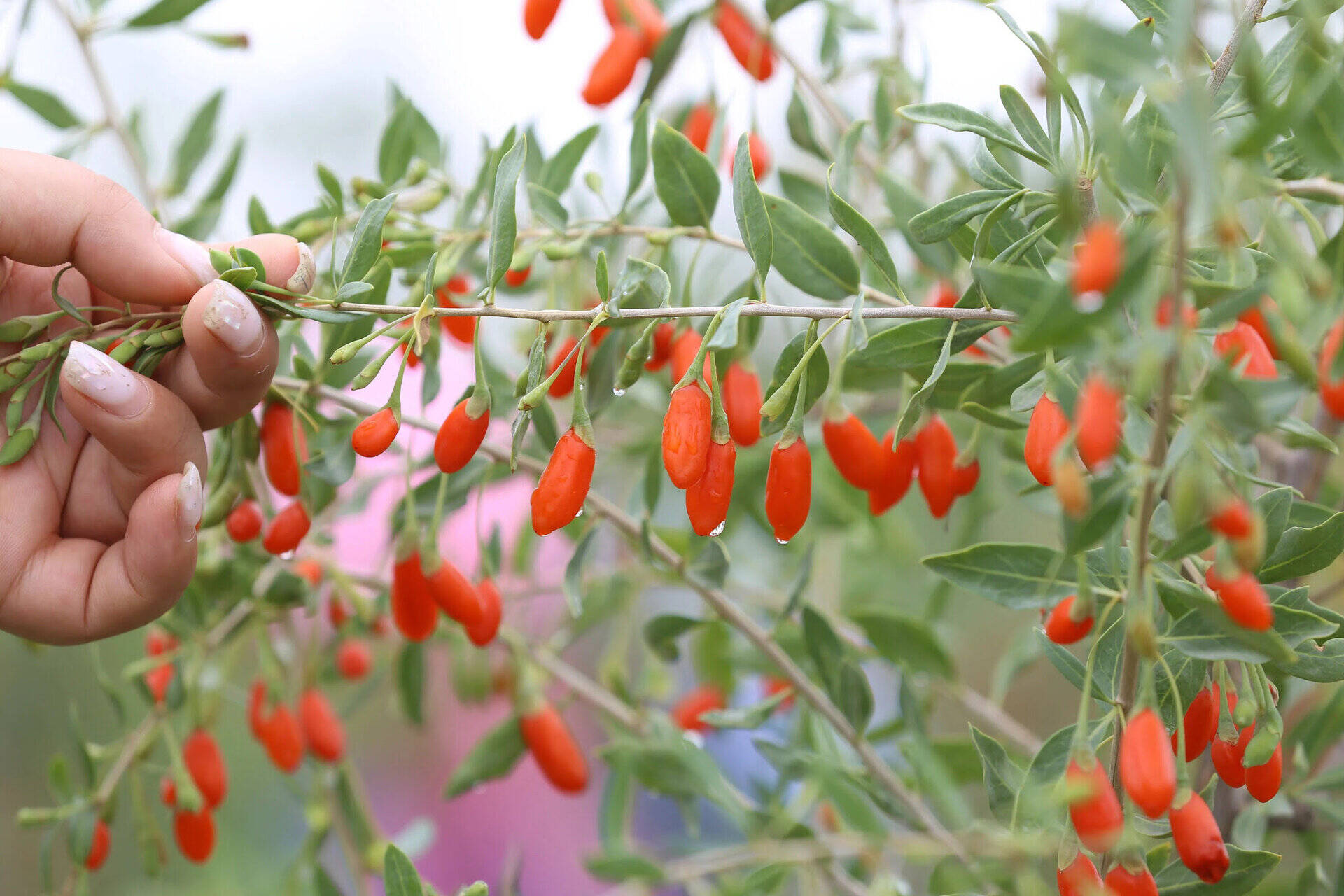
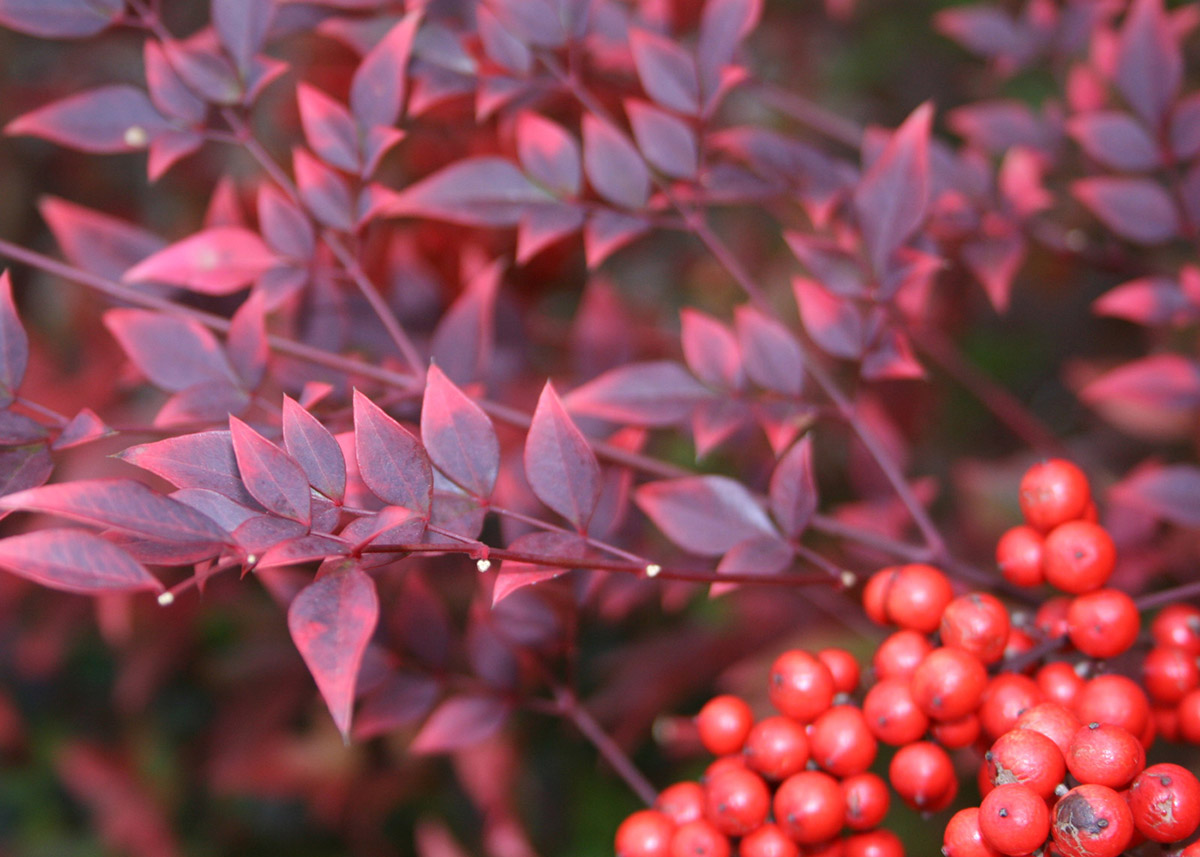
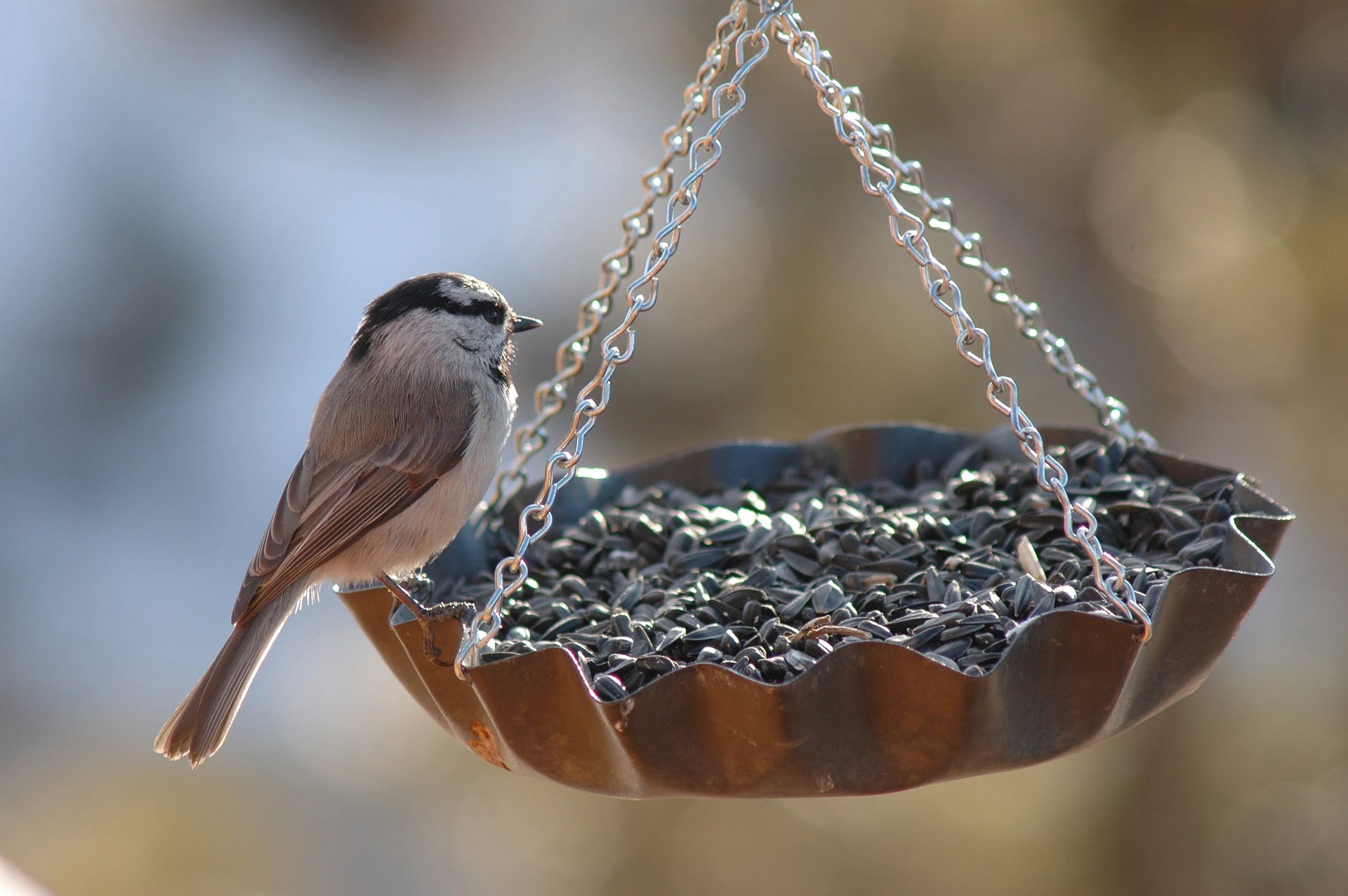
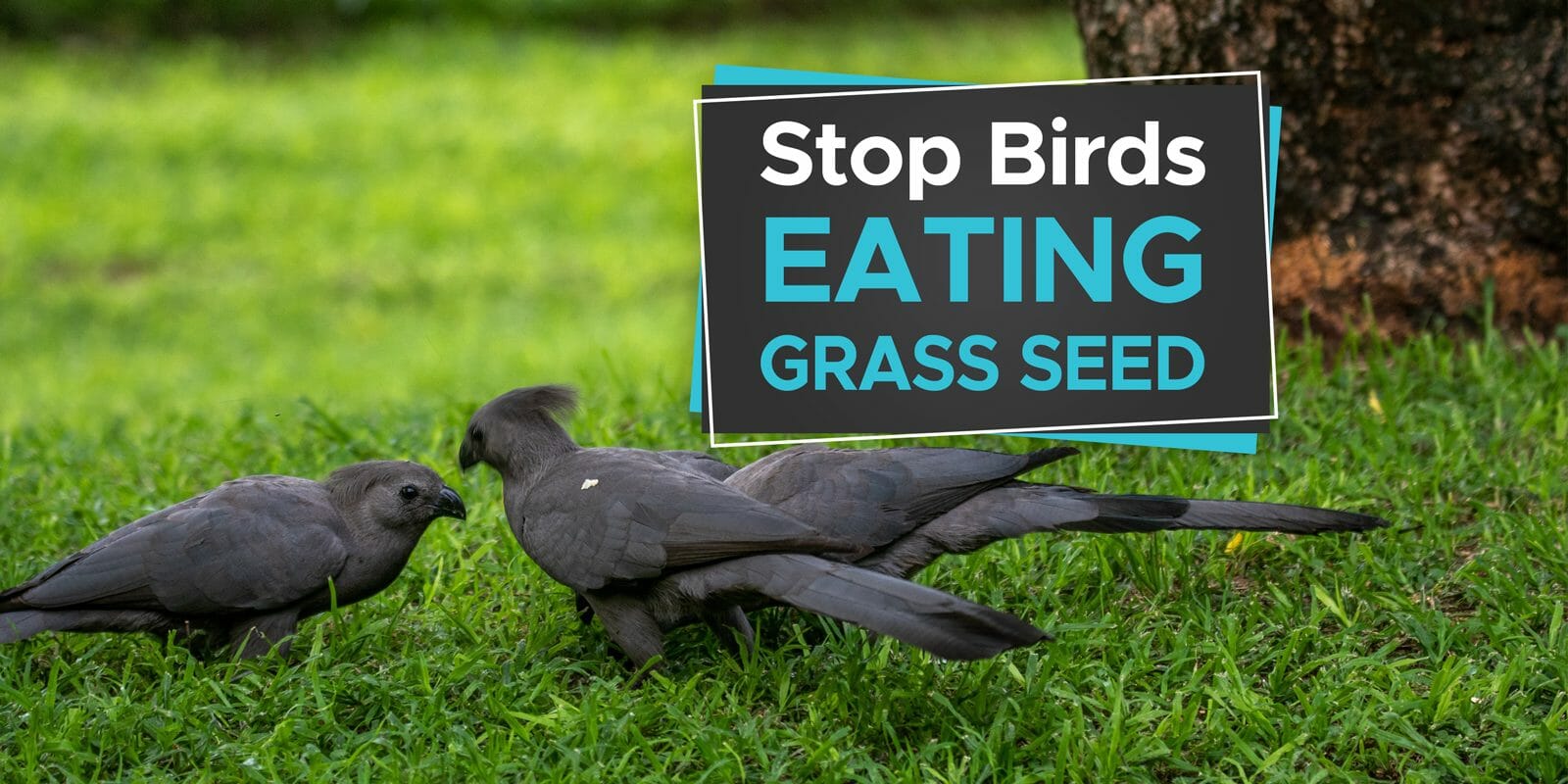
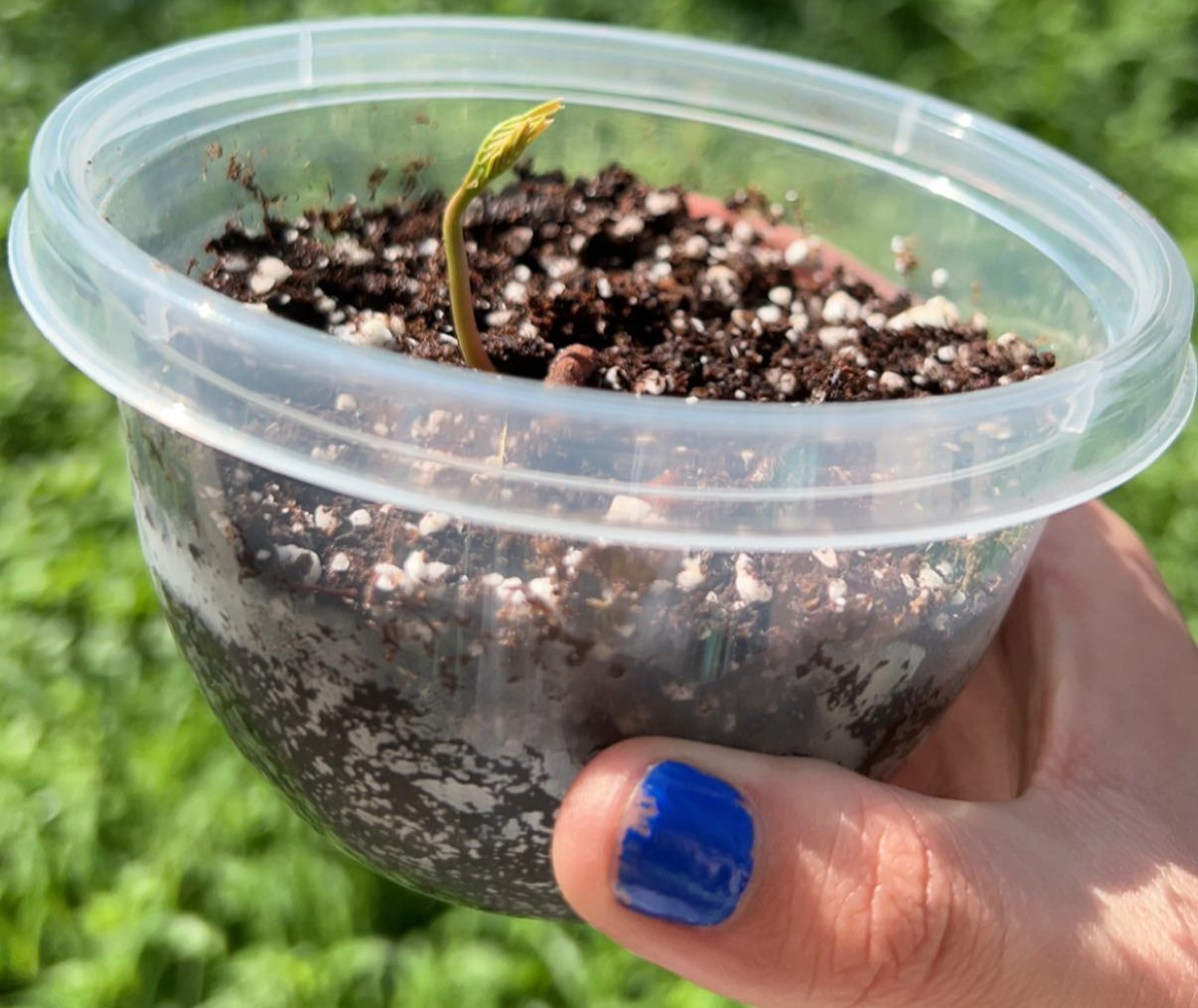
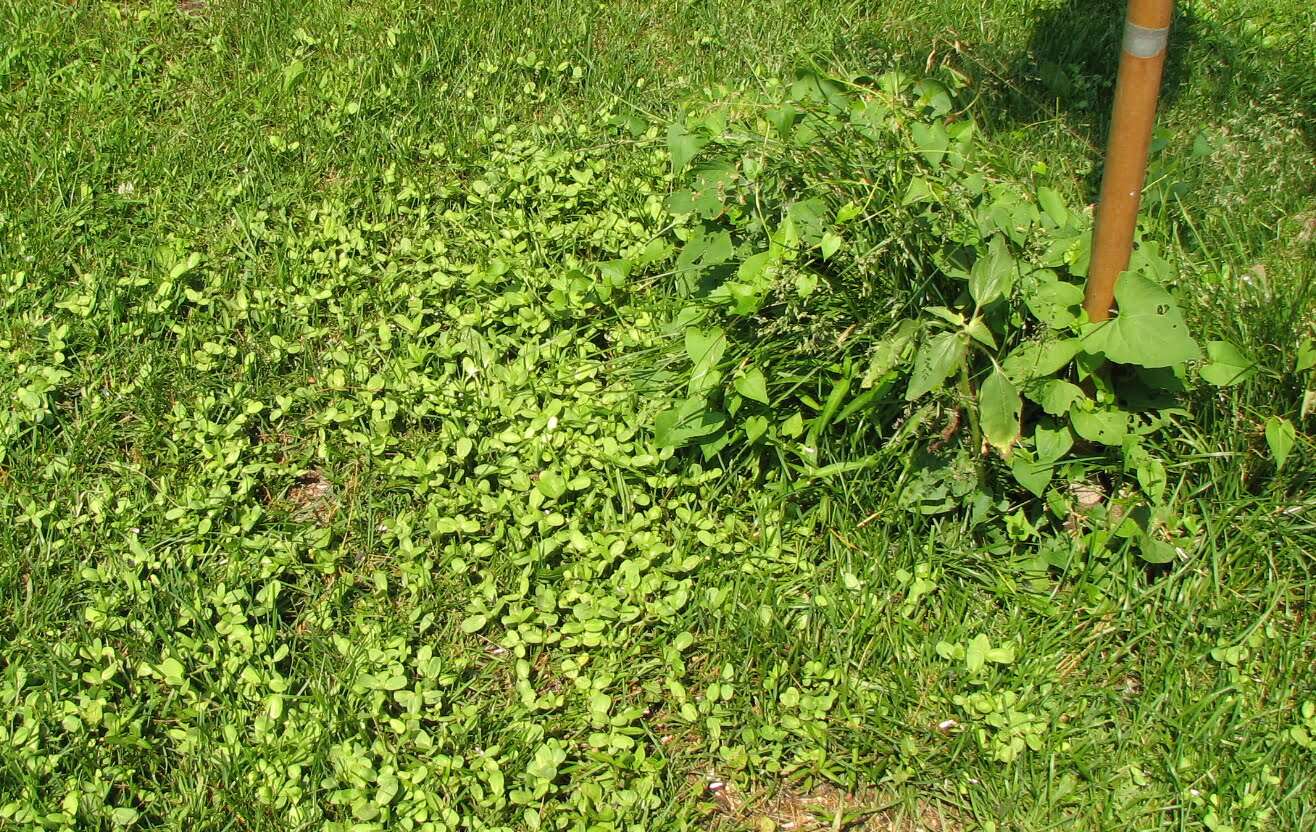
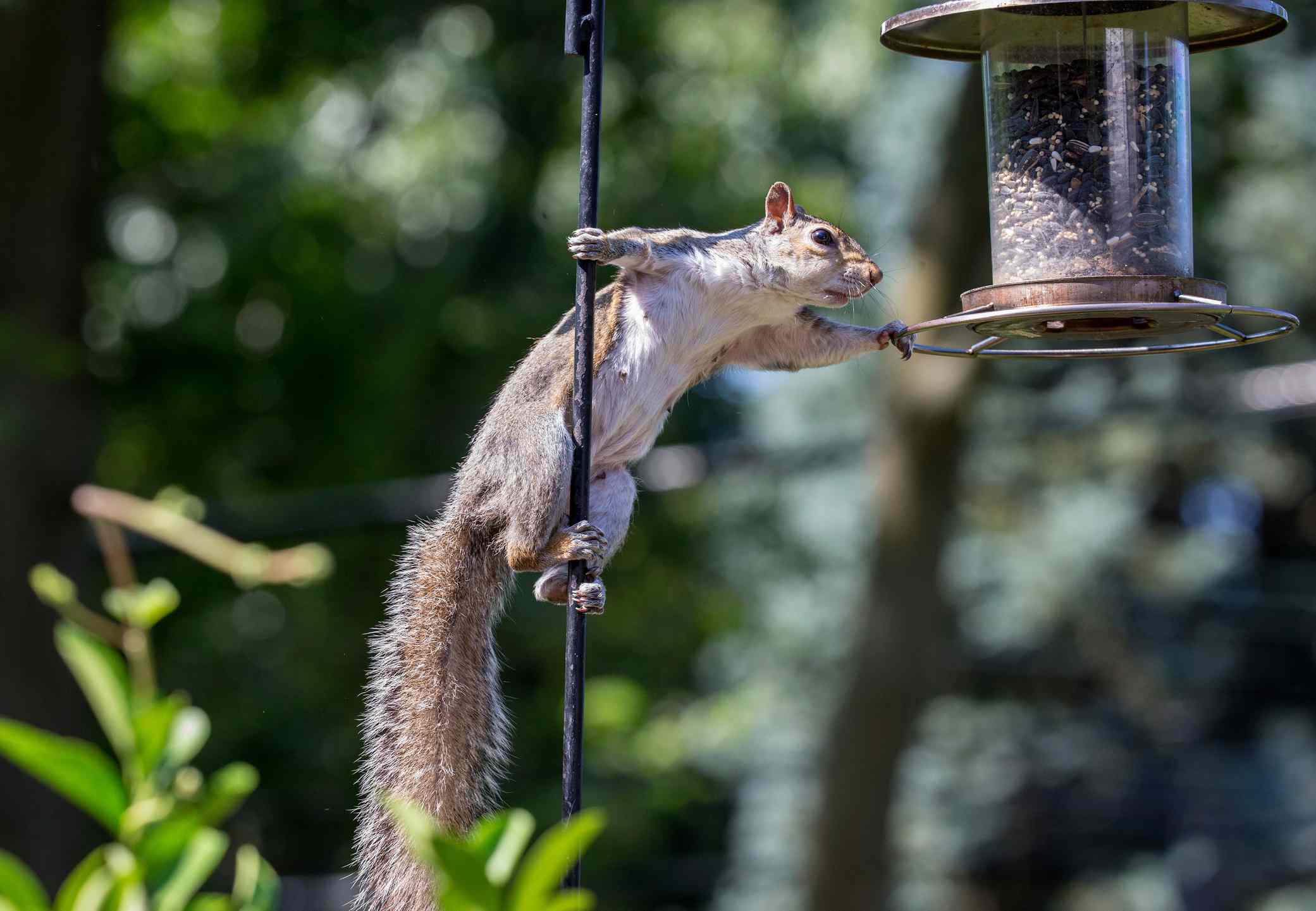
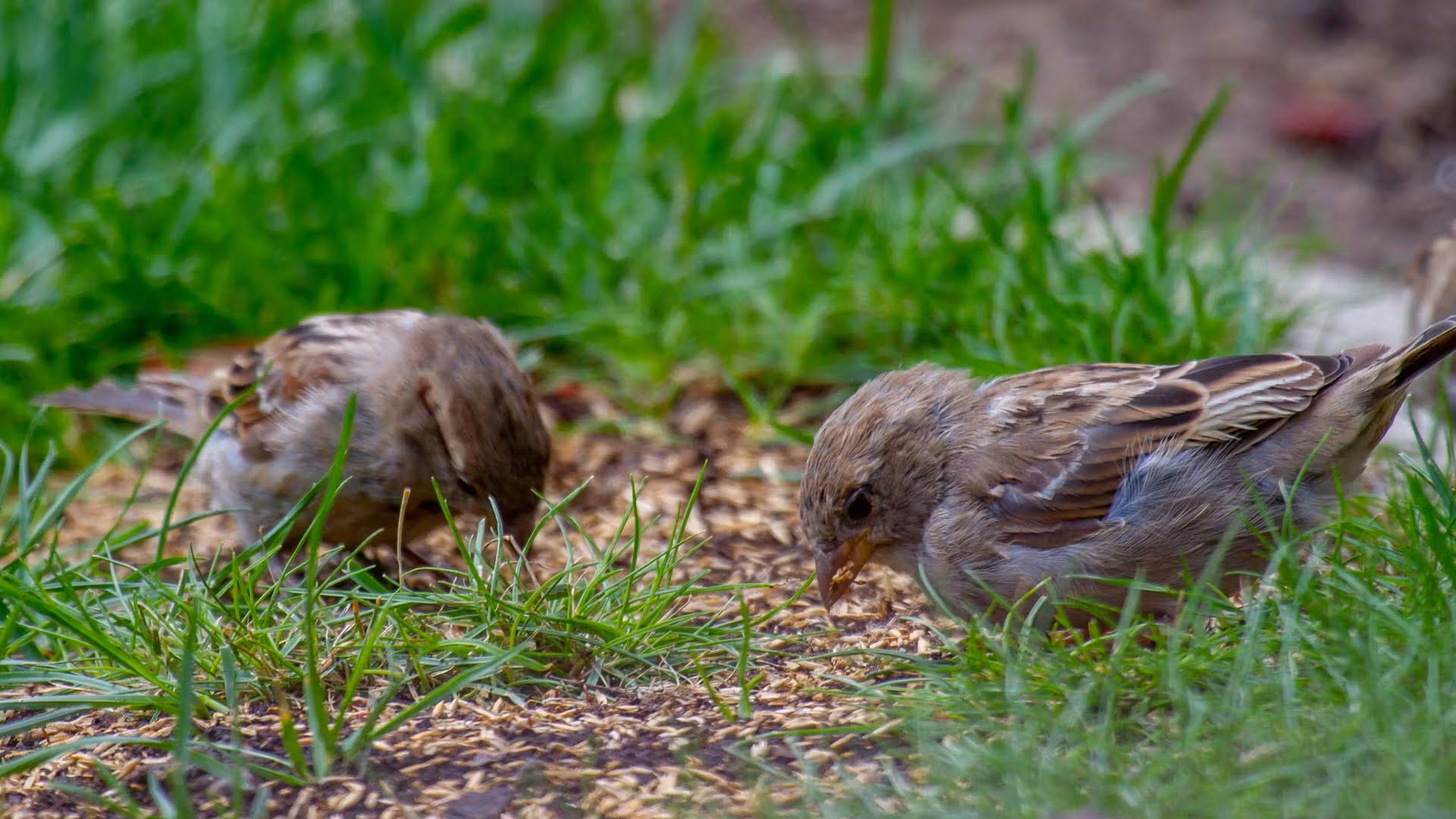
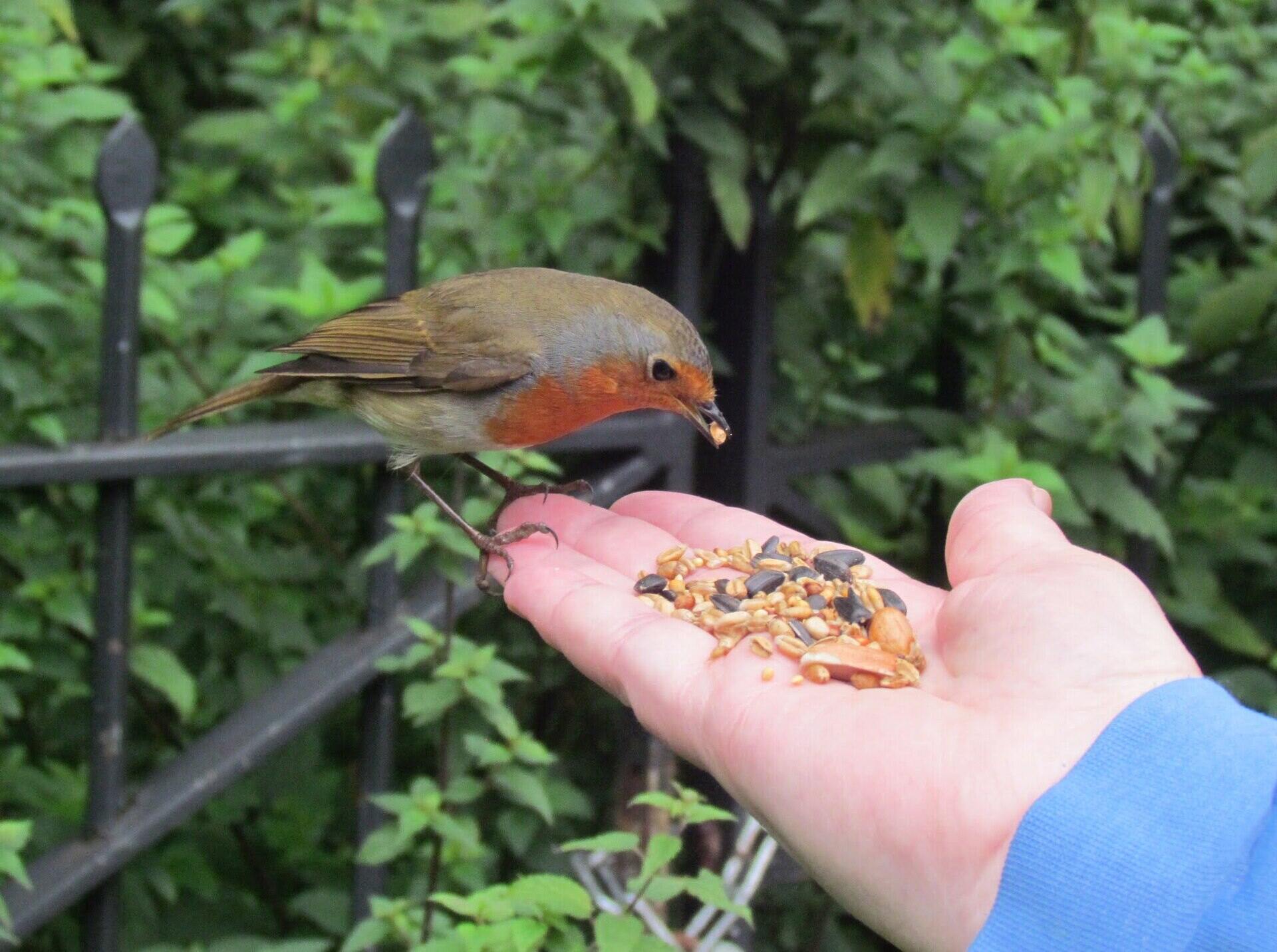

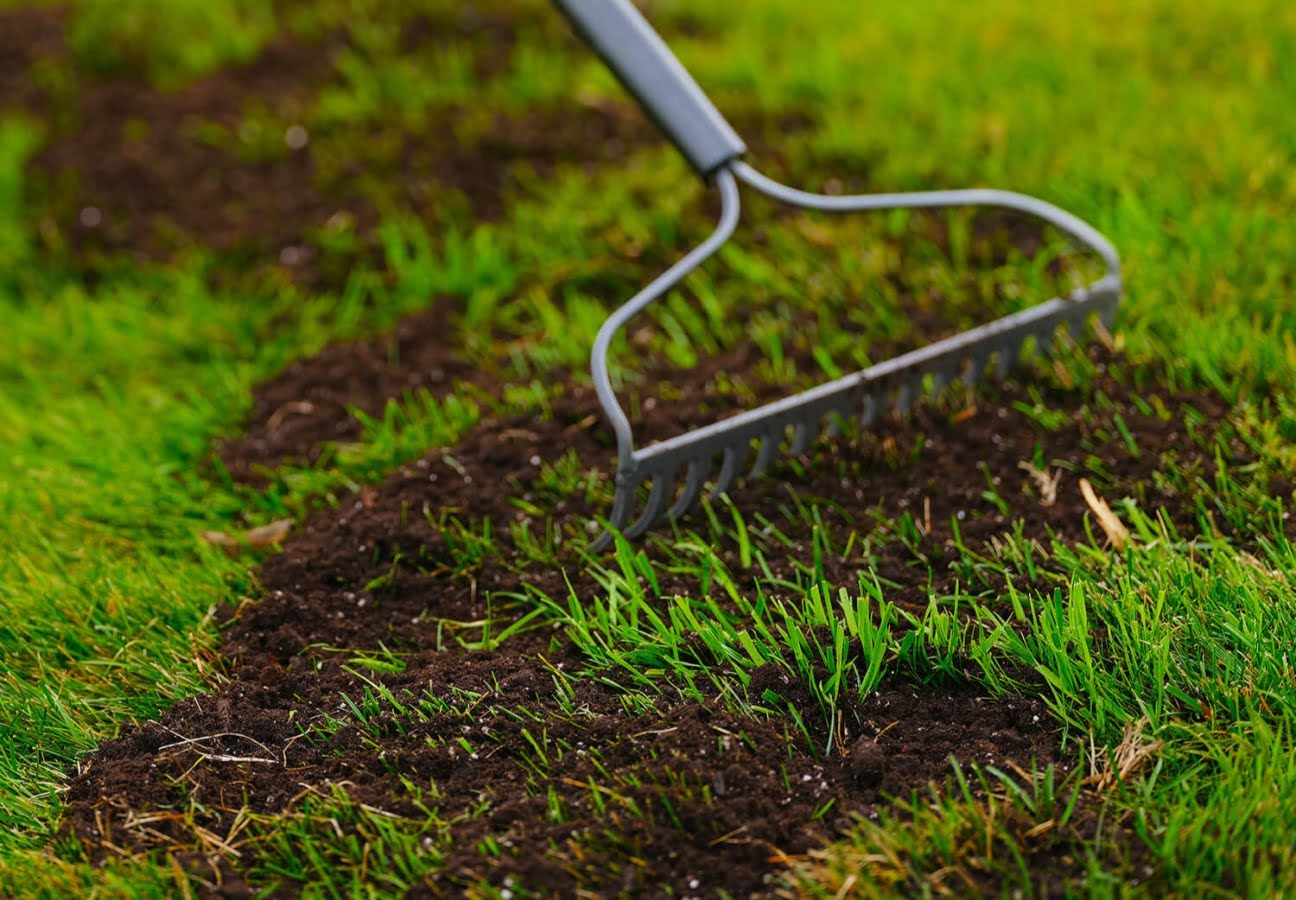
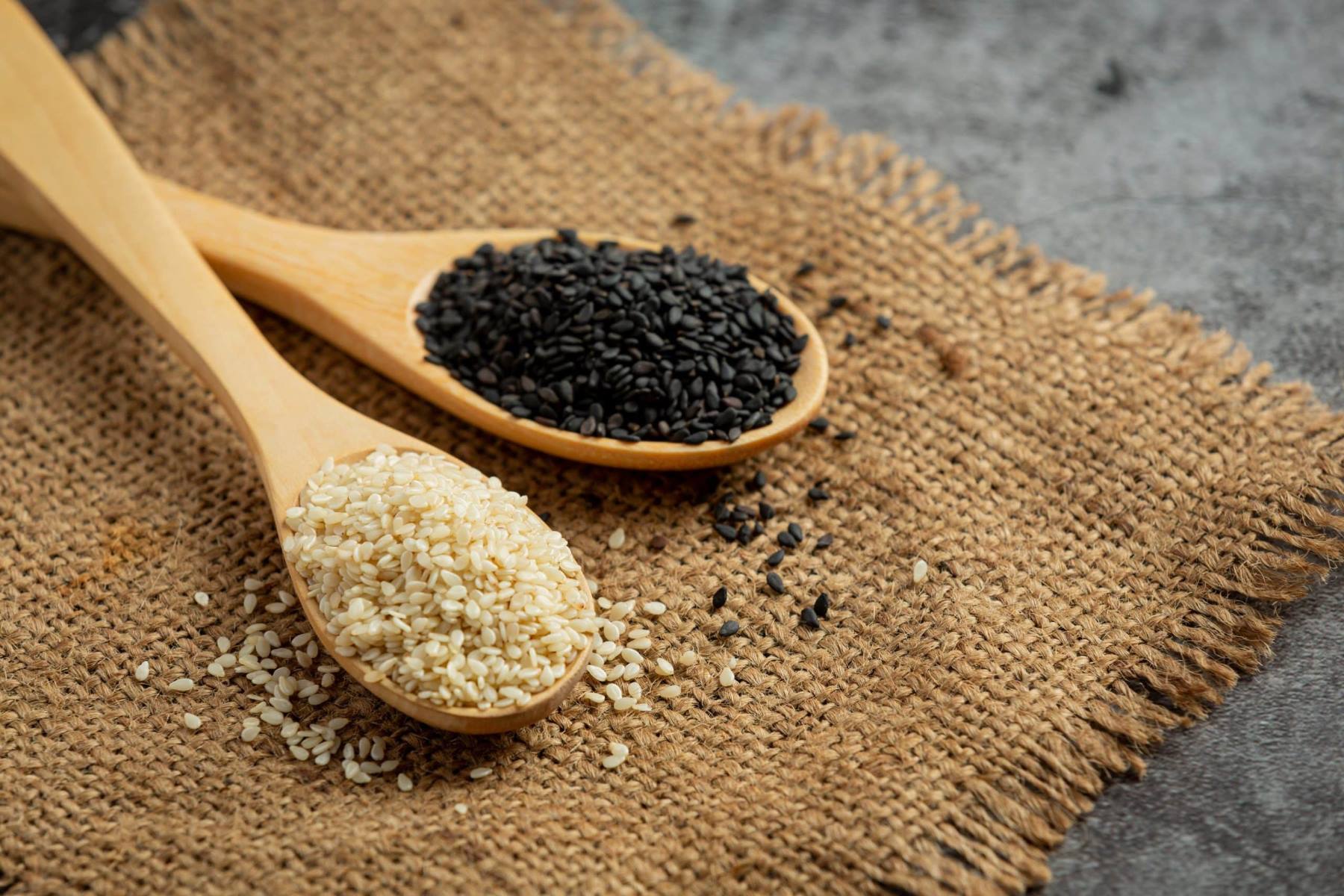
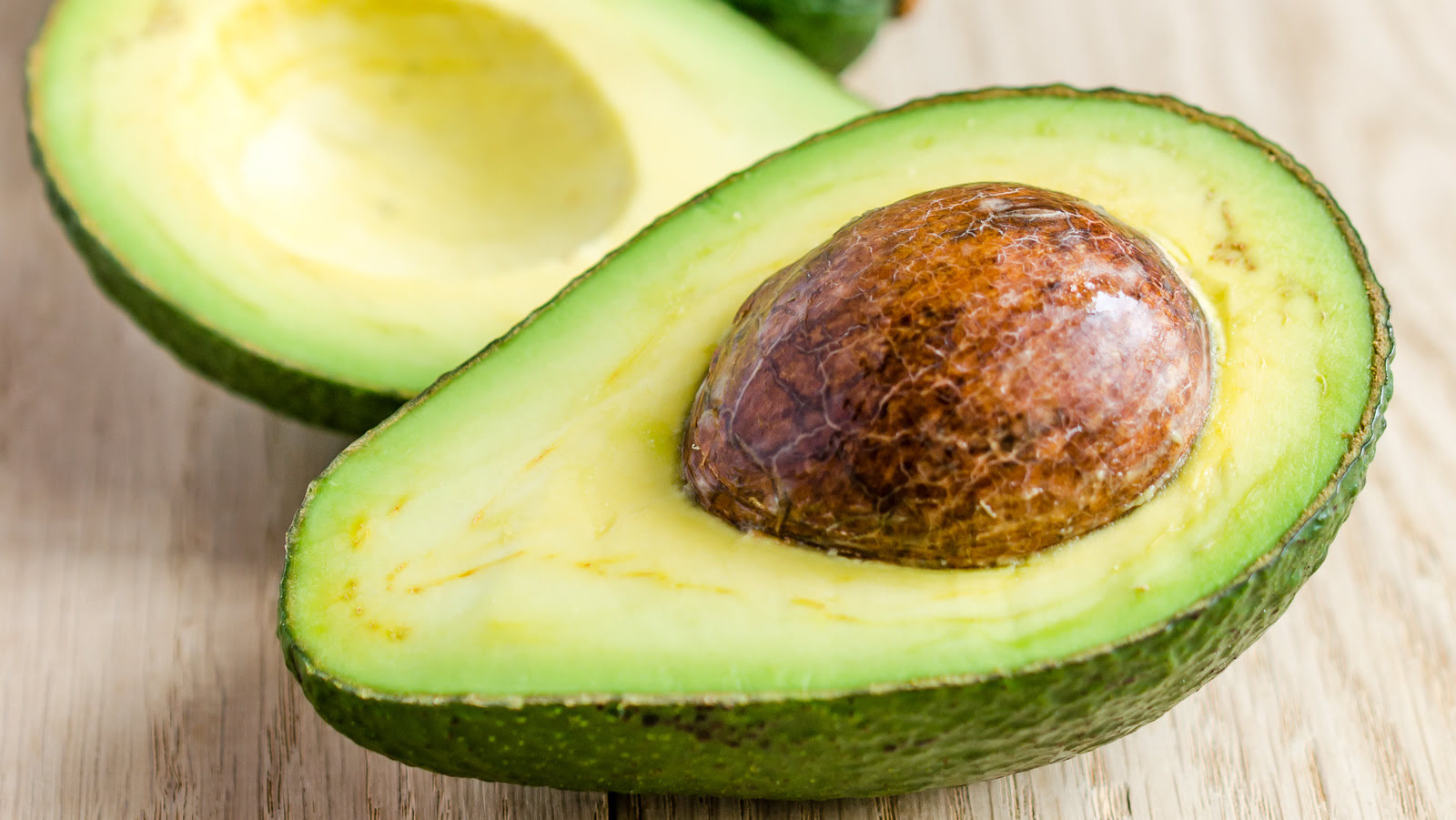
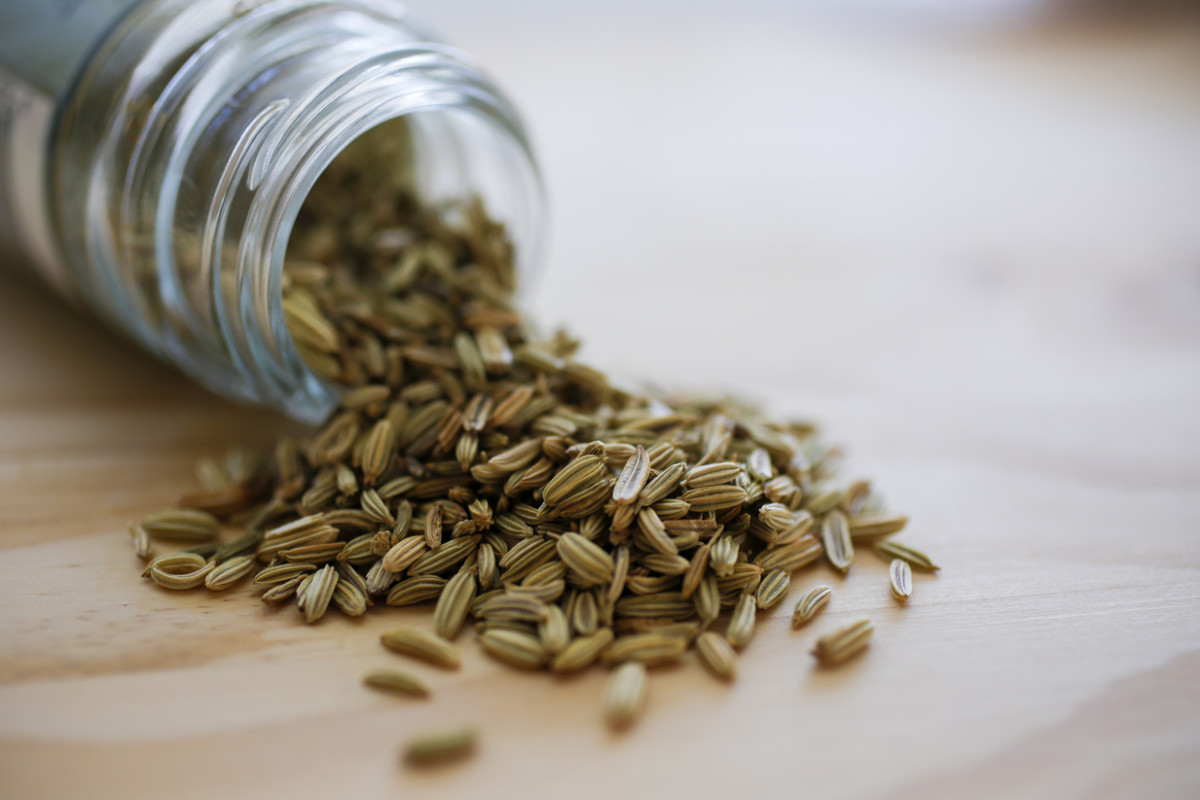

0 thoughts on “How Do Birds Benefit From Spreading The Seeds Of Berries?”